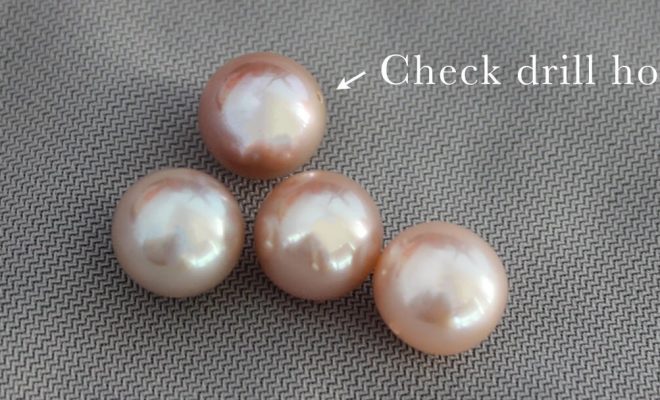How to Tell a Fake or Faux Pearl from a Real One?

Pearls are the most amazing things that we get from nature. These are real wonders from the bottom of the ocean. The natural treasure that it is, we definitely have man made versions of the same and few imposters. So, it’s important to know something about them and to find out which is which.
What are real pearls?
Real pearls are formed when a sand particle enters the shell of a pearl oyster. The oyster secrets nacre and it coats around the sand particle. As the coating is this nacre forms over and over the previous one, a beautifully large pearl is formed.
What is a faux pearl?
Sometimes some beads made of glass, plastic or resin is quoted with a pearly paint to create something like a pearl. These are cheap alternatives to a pearl and can be used in some decorations and jewellery. Cultured pearls like the Akoya pearls aren’t fake anyways.
At times, it’s easy to differentiate real pearls from the fake ones. However, sometimes it’s difficult to tell them from the real ones, if you lack knowledge about pearls.
See if the pearl is genuine
- Look around the drill holes. Fake pearls always have some flaw or paint chipping.
- The genuine pearls are heavier as they are formed by many coatings of the dense nacre.
- The fake pearls are always perfect in shape. The real ones are never a perfect sphere and may have mild lumps bumps and even have dents.
- The natural pearls have a unique inner glow. When it is exposed to natural light, the semi translucent nature of the nacre makes light to pass through it particularly and creates a unique glow that is impossible to mimic.
- The real pearl string will always have knots between each of the pearl. This helps in avoiding the rub between each pearl in a string and to avoid the damage caused by wear and tear.
- The knots between the pearls also help in preventing the loss of all pearls of the string if there is an accidental breakage in the string.


